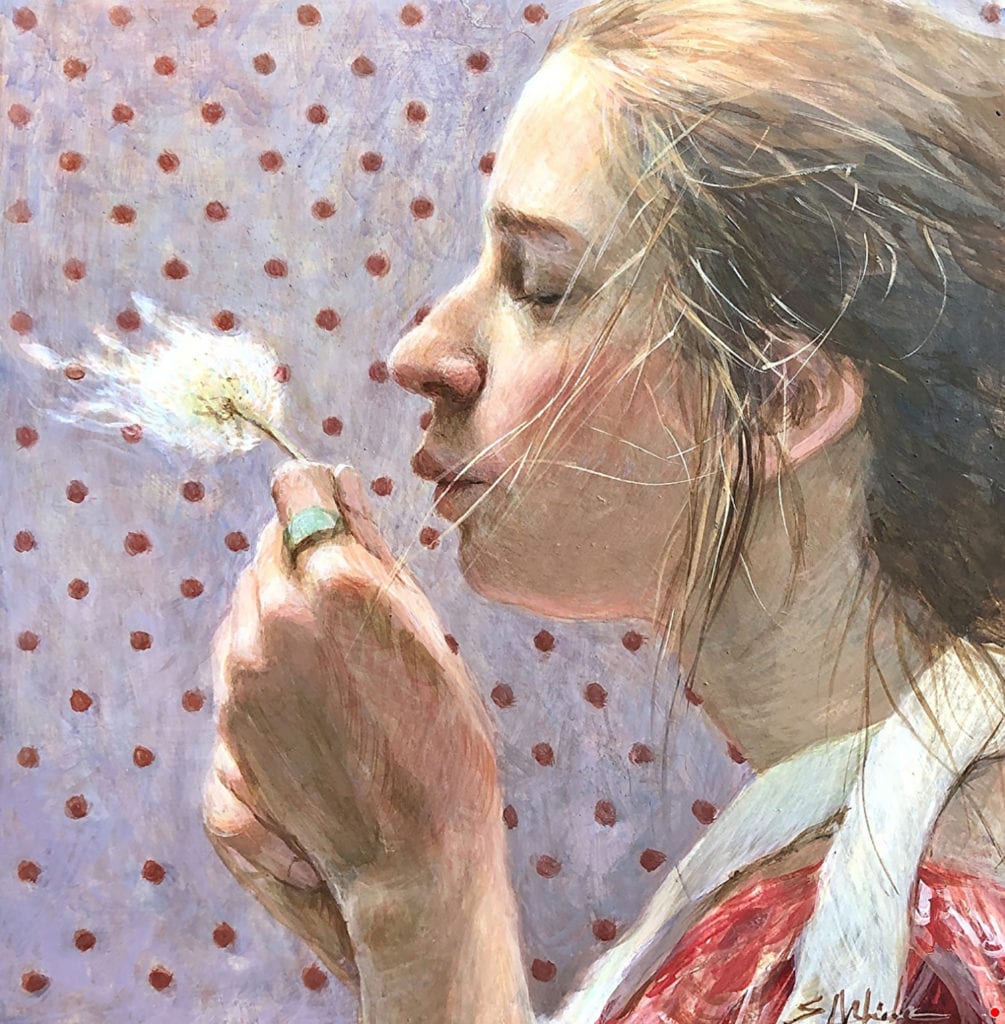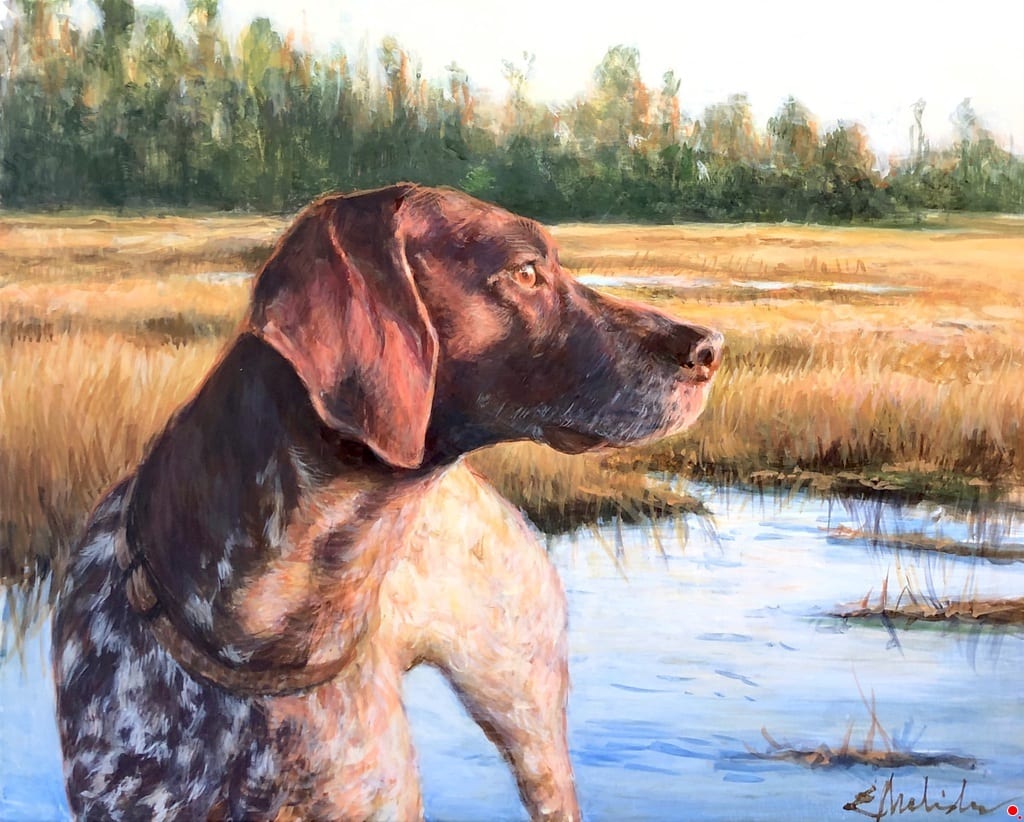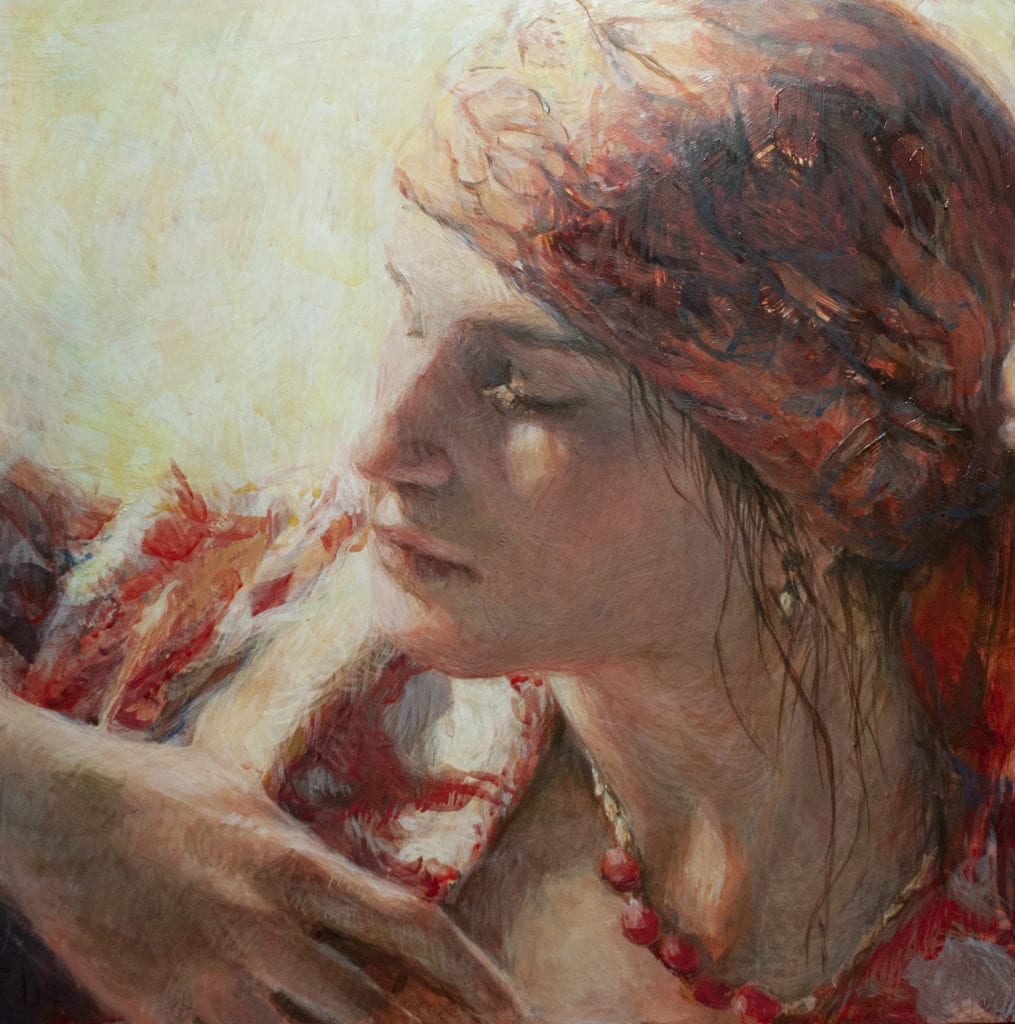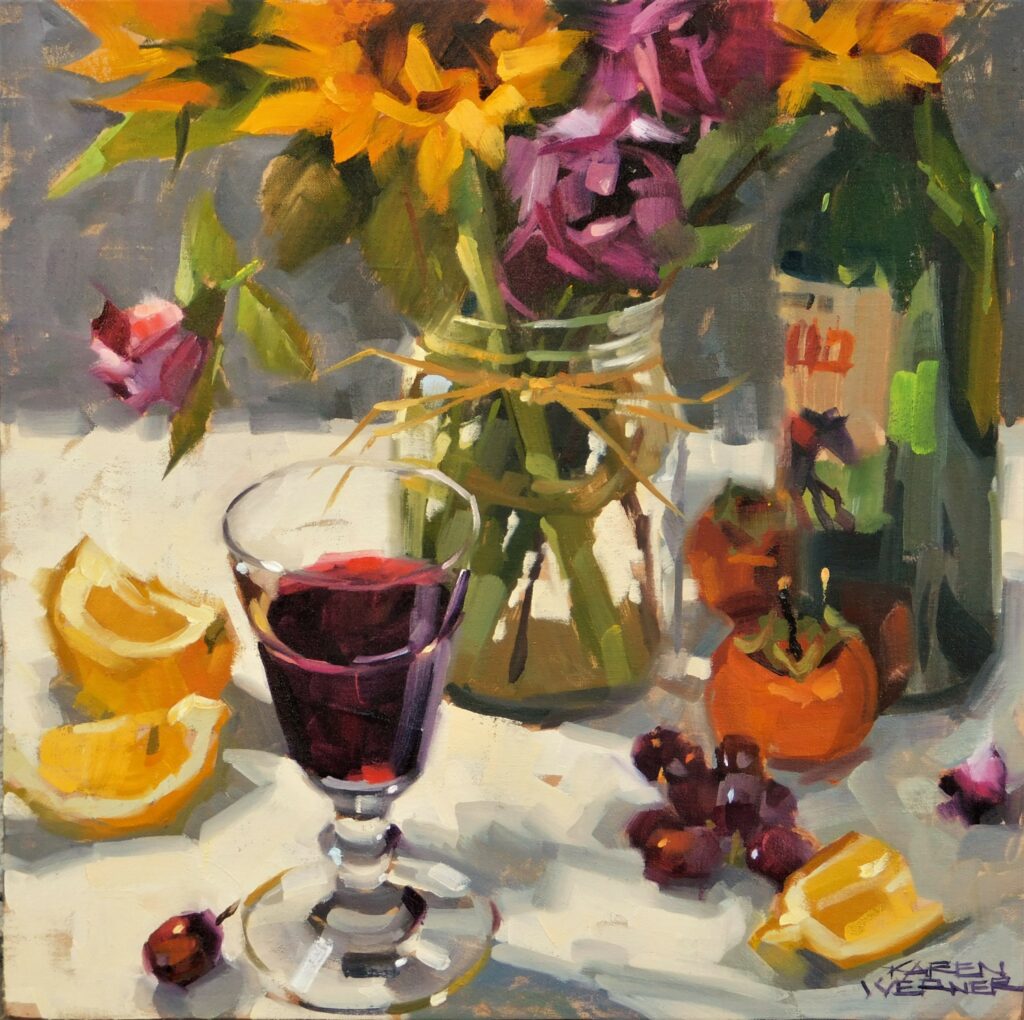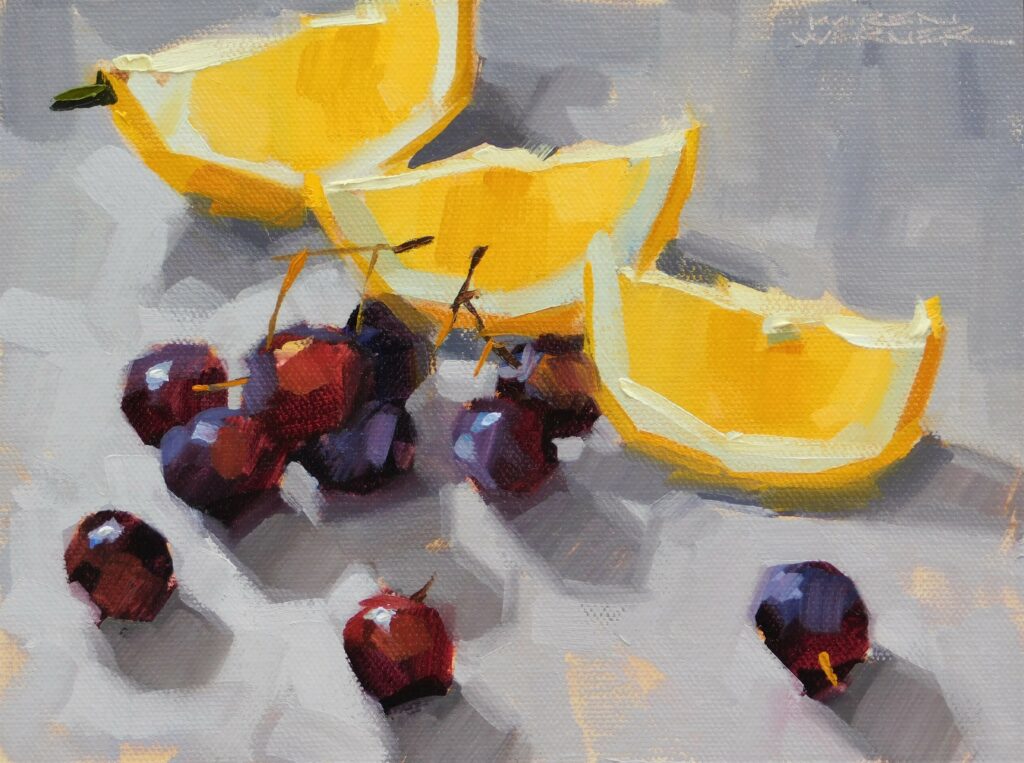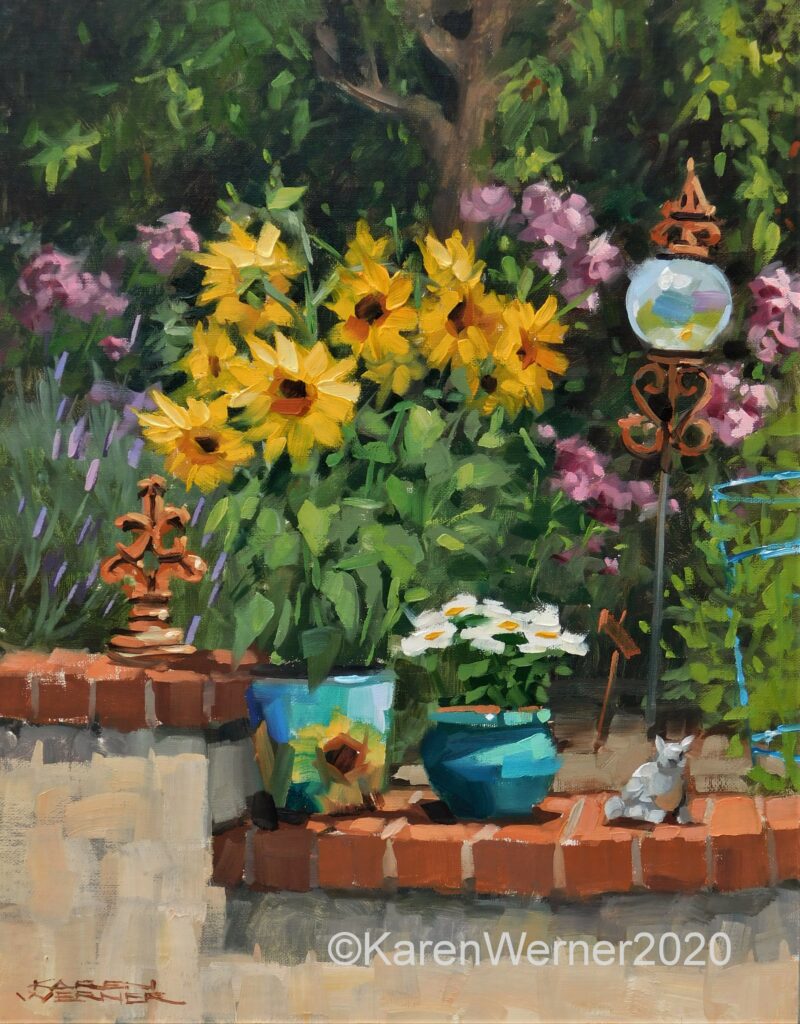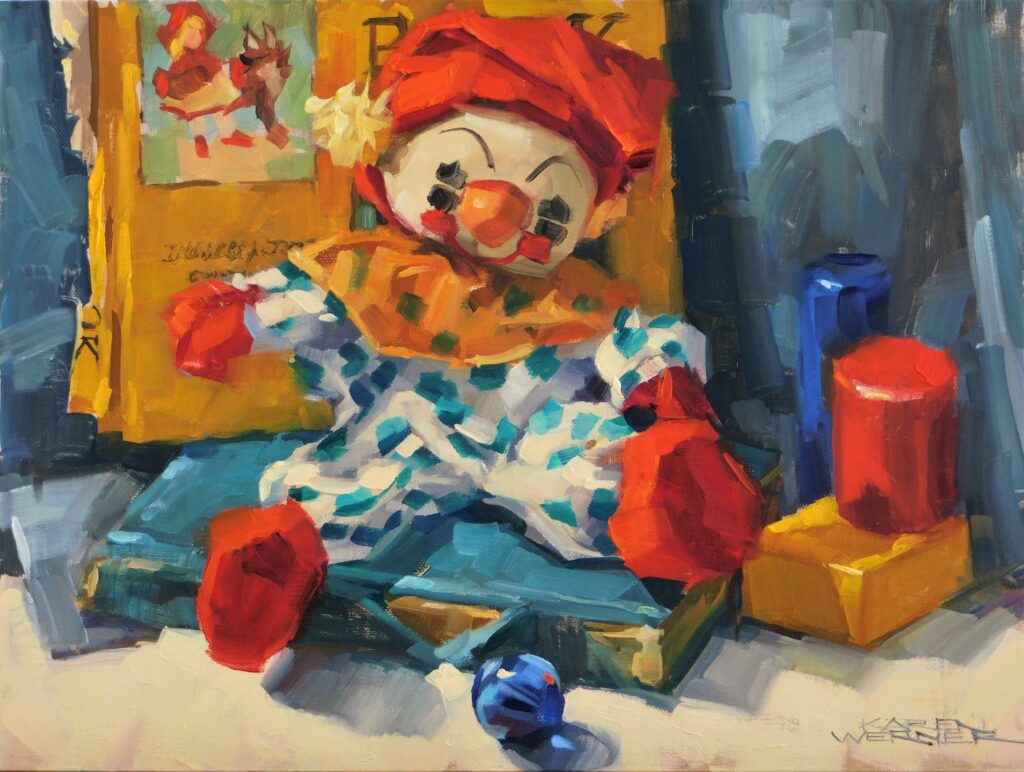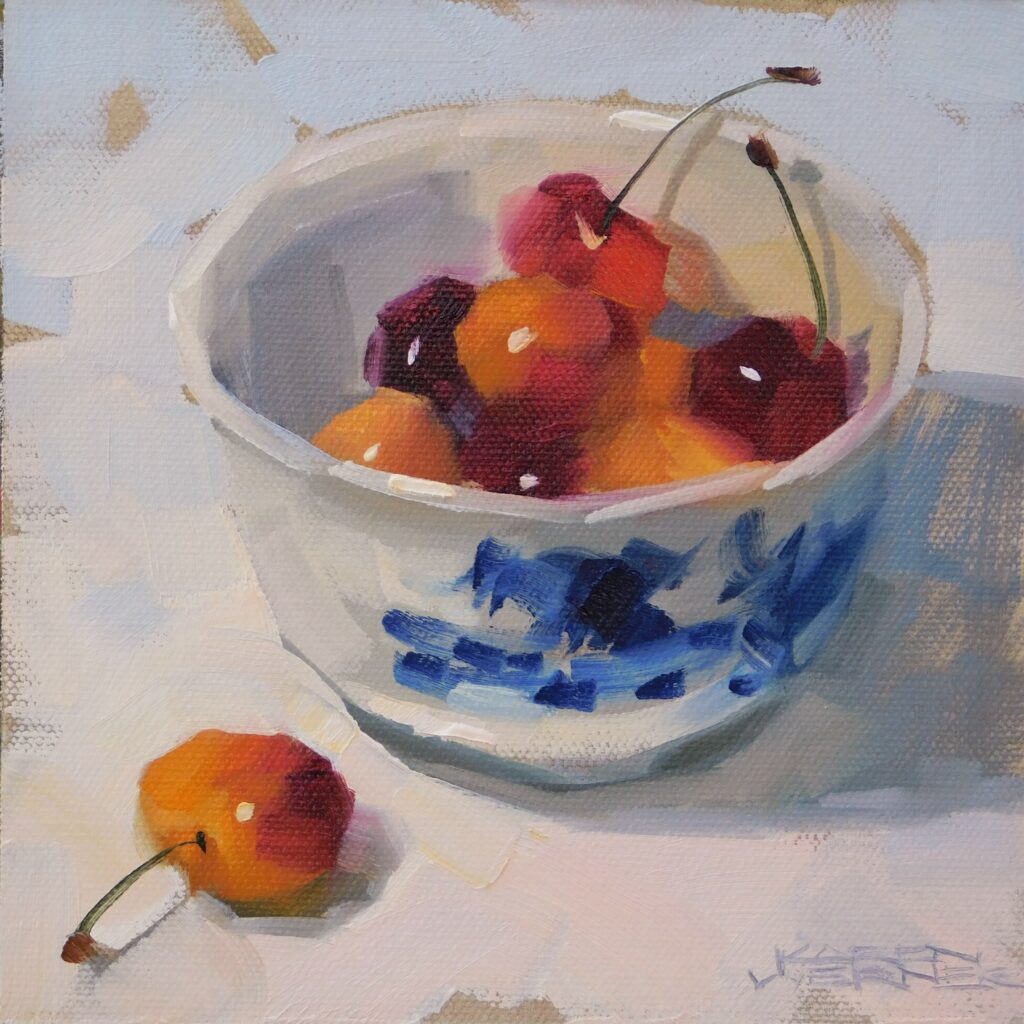I recently saw for the second time, Searching for Sugarman. It is a fascinating documentary of a musician, Sixto Rodriguez, who recorded two albums in the late sixties in Detroit. After being dropped from his record label in 1970, he went into obscurity, giving up his career as a professional musician and turning to construction for his living.
His record producers (who also produced the greats of Motown) said Sixto Rodriguez was one of the best they had ever heard. They ranked him greater than Bob Dylan. But for whatever reason, the early 70’s American public did not embrace him. A cloud of obscurity enveloped him and success eluded him. About the time he was hanging up his guitar, a young American woman shared his album with friends in South Africa. What follows is a lesson for all of us.
Apartheid was in full force in South Africa when Rodriguez’s music came to light. That sharing of an album started a grassroots effort that unfolded into Rodriguez selling over half a million records and becoming a rock superstar in South Africa for more than 30 years. He became a household name bigger than Elvis, the Beatles and the Rolling Stones. However, this newfound fame was unbeknownst to Rodriguez as well as his producers. It was only through the efforts of a South African journalist and a jewelry store owner that he found out, 30 years later, that he was famous in a country halfway around the world.
Everyone in South Africa thought Rodriguez was dead. Rumors of different death scenarios had circulated for years as there was no information available on him during this pre-internet time. When a journalist found out he was alive and well, many people in South Africa did not believe it. The story unfolds from there to an invitation for Rodriguez to do a nationwide South African tour, which he did before thousands of adoring fans.
Rodriguez’s art had a life of its own that went well beyond his or anyone’s expectations and touched a nation that badly needed his words. His music had meaning for millions of people. His art providentially found its audience.
As artists, life can get in the way of getting to the easel. Sometimes thoughts of quitting float in your head. You may never feel good enough. But I am here to say, push those thoughts aside. The world needs your voice. It is never whether you are good enough because we all have something to say at every stage of our artistic journey. The better path is to keep working, striving to grow each day, being honest about strengths and weaknesses in your work, and looking for ways to improve. Always improve! Risk, experiment, try new mediums, ask and welcome feedback, be mentored and mentor others, make adjustments in your work, always set your standards high, but tell your story!
We each have a unique artistic voice that was given us. In searching for that voice in your painting, and being true to it, you may just find yourself unintentionally touching lives that you never knew possible.
Searching for the Sugarman, can be found on Vudu as a rental.
